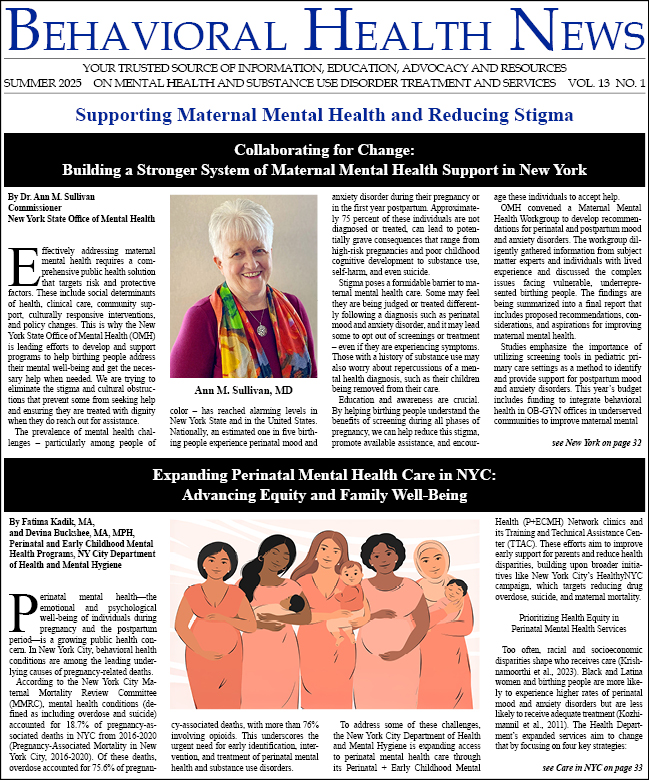-
Physical Illness, Depression, and Late-Life Suicide: Considerations and Opportunities for Enhancing Suicide Prevention
Suicide rates in the United States increased from an age-adjusted rate of 11.3/100,000 in 2007 to 14.0/100,000 in 2017 (CDC Fatal Injury Data). During that same period, rates among adults 65 and older remained higher than the national rate, climbing from 14.3 to 17.1/100,000. Increased risk for...
-
Implementing Universal Suicide Risk Screening in Healthcare Settings: Model Could Help Hospitals Better Identify and Aid Youth at Risk for Suicide
A new report, authored in part by researchers at the National Institute of Mental Health (NIMH), part of the National Institutes of Health, provides guidance on how to implement universal suicide risk screening of youth in medical settings. The report describes a way for hospitals to address the...
-
Depression, Suicide, Discrimination and Parity
In the immediate aftermath of the suicides of Kate Spade and Anthony Bourdain Gov. Cuomo issued a press release about new funding to address the rising rate of suicide. He stated: “Two high-profile suicides this week put mental illness front and center, but while those names were the ones in...
-
Impulsivity as a Predictor of Suicidality
Few topics trigger more dread to the human experience than death. Discussing death brings up fears of the unknown and loss of personal control- two of the primary components of anxiety. We know that when anxiety arises, avoidance is one of the more predictable coping mechanisms and as such, death...
-
Suicide and Substance Use
In America, one person dies by suicide every 13 minutes. According to the Substance Abuse and Mental Health Services Administration (SAMHSA), it is the 2nd leading cause of death for teens, and the leading cause of death among people with substance use disorders. There is a strong association...
-
Shift in How We Think About Suicide Prevention Needed
Beacon Health Options 2017 White Paper Promotes Zero Suicide Model as Best-In-Class Approach for Suicide Prevention Beacon Health Options’ (Beacon) latest white paper, “We Need to Talk About Suicide,” (http://beaconlens.com/wp-content/uploads/2017/02/Beacon-Zero-Suicide-White-Paper.pdf)...
-
Suicide Prevention in the Aging
By 2040, it is estimated that 82 million Americans will be over the age of 65. Approximately 16 million of them will have mental health issues and/or substance use disorders (SAMHSA, 2017). It is also known that the highest rate of suicide is among those 65 years and older. 90% of those who die by...
-
Suicide Prevention as a Core Responsibility
Every year more than 40,000 Americans die from suicide and suicide is the tenth leading cause of death in the United States (CDC, 2016). Over eighty percent of people who die from suicide have contact with health and behavioral health care providers in the year prior to their death and almost half...
-
NYS Office of Mental Health Announces “1,700 Too Many” Statewide Suicide Prevention Plan
The New York State Office of Mental Health today announced the release of an extensive, multifaceted plan for suicide prevention, aimed at reducing New York State’s suicide rate. To guide suicide prevention statewide, 1,700 Too Many: New York State’s Suicide Prevention Plan will empower...
-
Zero Suicide: Working Together to Save Lives
The death of Robin Williams in 2014 was an event that stunned the nation. He was a beloved man who brought laughter to so many people’s lives. His suicide stirred emotions in people as they pondered a myriad of questions. How could someone who had such a full life want to kill himself?” ...






